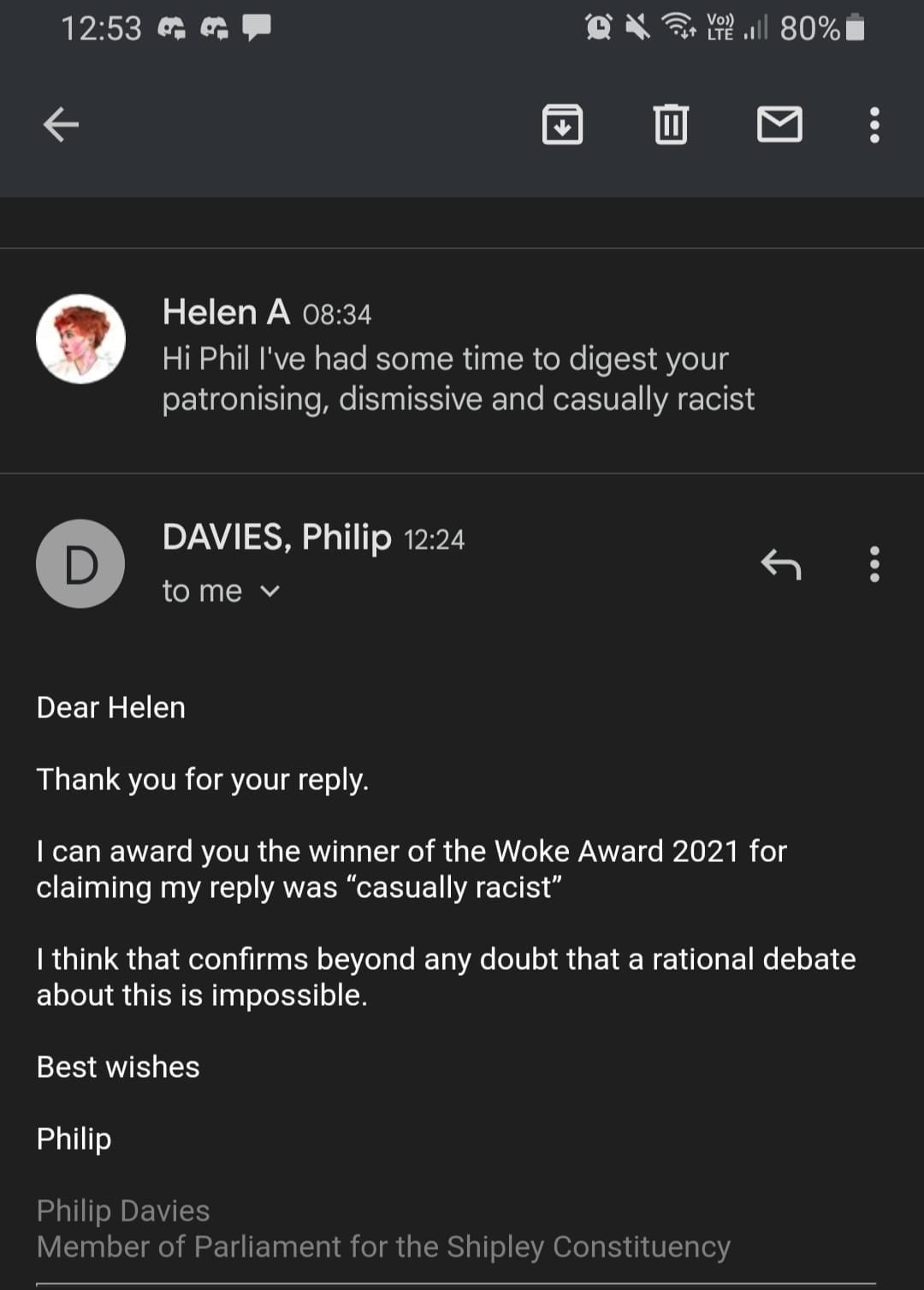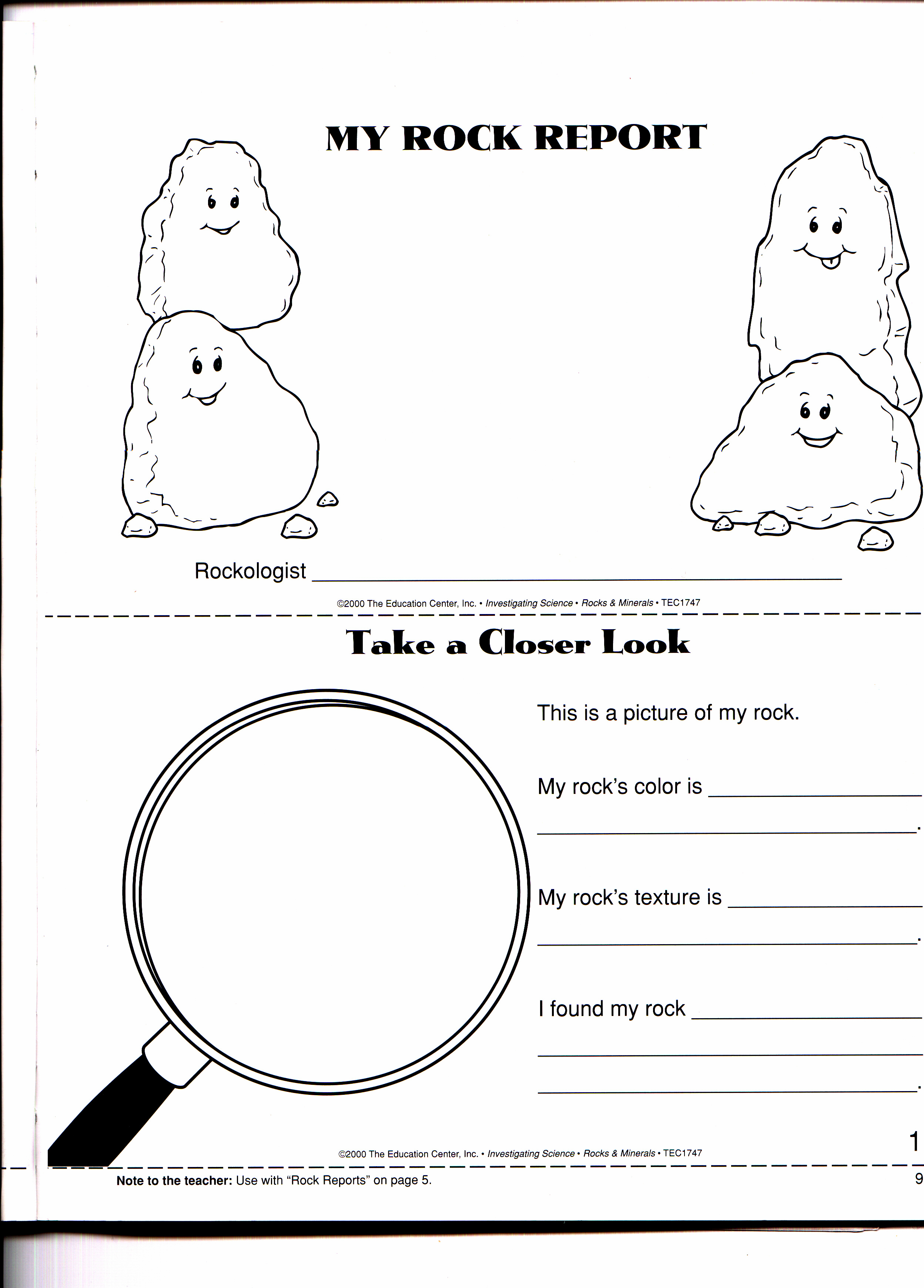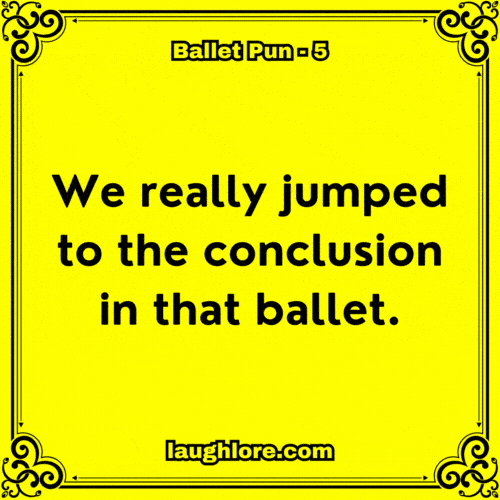The Ultimate Guide To Briefs: A Comprehensive Overview

Table of Contents
Understanding Different Types of Briefs
Effective communication starts with understanding your audience and the purpose of your communication. Different situations call for different types of briefs, each with its own specific structure and requirements. Let's explore some common examples:
-
Project Briefs: These define the scope, goals, and deliverables of a project. A well-written project brief outlines the problem being solved, the proposed solution, key milestones, and success metrics. It often includes a detailed project plan and budget allocation. Think of it as the roadmap for your project. A strong project brief minimizes misunderstandings and ensures everyone is on the same page.
-
Marketing Briefs: These are crucial for guiding marketing campaigns. A comprehensive marketing brief defines the target audience, marketing objectives (e.g., increase brand awareness, drive sales), key messages, and the chosen marketing channels. It should also specify the budget, timeline, and expected results, often including key performance indicators (KPIs) to measure success. A solid marketing brief ensures a focused and effective marketing strategy.
-
Creative Briefs: These briefs are essential for guiding creative teams, such as designers and writers. A well-structured creative brief outlines the project's objectives, target audience, brand guidelines, key messages, and desired tone. It usually includes examples of the desired style and visual direction. A strong creative brief empowers creatives to deliver work that aligns with the overall brand strategy.
-
Legal Briefs: Used in the legal profession, these documents summarize legal arguments, relevant case facts, and precedents. They are crucial for presenting a concise and persuasive case to a judge or jury. Structure and clarity are paramount in legal briefs, as they need to be easily understood by legal professionals.
-
Business Briefs: These present business proposals, financial projections, and market analyses. They are often used to secure funding or investment or to make internal business decisions. A clear and concise business brief needs to effectively communicate the opportunity, the strategy, and the potential return on investment.
Essential Components of an Effective Brief
Regardless of the type, every effective brief shares some core components:
-
Clear and Concise Objectives: What are you trying to achieve? State your goals clearly and measurably. Using SMART goals (Specific, Measurable, Achievable, Relevant, Time-bound) is highly recommended.
-
Target Audience: Who are you communicating with? Understanding your audience’s needs, preferences, and knowledge level is crucial for tailoring your message effectively.
-
Background Information: Provide relevant context. What information does your audience need to understand the problem or opportunity? Keep it concise but comprehensive.
-
Key Messages: What are the most important points you want your audience to remember? Focus on the key takeaways and avoid overwhelming them with detail.
-
Deliverables: What specific outputs are expected? Clearly define what needs to be produced, when it's due, and the required format.
-
Budget and Resources: What resources are available to complete the project? Clearly stating budget constraints ensures realistic planning and prevents scope creep.
Best Practices for Writing Effective Briefs
Crafting a compelling brief requires more than just listing information; it demands skill in concise writing and clear communication. Here are some best practices to follow:
-
Use a clear and consistent structure: Use headings, subheadings, bullet points, and visuals to make your brief easy to navigate and understand.
-
Employ strong verbs and active voice: Active voice makes your writing more direct and engaging. For example, instead of "The report was written by John," write "John wrote the report."
-
Use visuals to support key information: Charts, graphs, and images can make complex data more accessible and engaging.
-
Keep it concise and focused on essential information: Avoid unnecessary jargon or details. Get straight to the point and focus on what's crucial.
-
Proofread carefully for errors in grammar and spelling: Errors undermine credibility. Always proofread your brief before sharing it.
-
Tailor the brief to the specific audience and purpose: Consider the recipient’s knowledge level and adapt your language and tone accordingly.
Common Mistakes to Avoid When Writing Briefs
Even experienced writers can fall into common traps when writing briefs. Avoiding these mistakes is crucial for producing effective documents:
-
Being too vague or unclear about objectives: Ambiguous goals lead to confusion and missed deadlines.
-
Including unnecessary or irrelevant information: Keep your brief focused and concise. Extra details can dilute your message.
-
Using jargon or technical language that the audience may not understand: Use clear and simple language that everyone can understand.
-
Failing to proofread for errors: Typos and grammatical errors detract from your credibility.
-
Not tailoring the brief to the specific audience: A brief written for a CEO will differ significantly from one written for a marketing team.
Conclusion
Mastering the art of writing effective briefs is a valuable skill applicable across numerous professional fields. By understanding different brief types, incorporating essential components, and following best practices, you can significantly enhance communication, improve project management, and achieve better outcomes. Remember, a well-crafted brief is the foundation for successful projects and clear collaboration, whether it's a concise project brief or a detailed marketing brief.
Call to Action: Ready to elevate your communication skills and achieve better results with your projects? Start crafting impactful briefs today by applying the strategies outlined in this ultimate guide to briefs and experience the difference!

Featured Posts
-
 Councils Reduced Response To Mps Send Cases
May 23, 2025
Councils Reduced Response To Mps Send Cases
May 23, 2025 -
 Netflixs May 2025 Lineup Movies And Tv Shows To Watch
May 23, 2025
Netflixs May 2025 Lineup Movies And Tv Shows To Watch
May 23, 2025 -
 Tour De France Returns To Uk Edinburgh To Host The 2027 Grand Depart
May 23, 2025
Tour De France Returns To Uk Edinburgh To Host The 2027 Grand Depart
May 23, 2025 -
 The Whos Roger Daltrey Battles Vision And Hearing Impairment
May 23, 2025
The Whos Roger Daltrey Battles Vision And Hearing Impairment
May 23, 2025 -
 Analysis Of X101 5s Big Rig Rock Report 3 12 Playlist
May 23, 2025
Analysis Of X101 5s Big Rig Rock Report 3 12 Playlist
May 23, 2025
Latest Posts
-
 A Weekend Of Events Fashion Heritage Ballet And Puns Included
May 23, 2025
A Weekend Of Events Fashion Heritage Ballet And Puns Included
May 23, 2025 -
 Weekend Events Featuring Fashion Heritage Ballet And More
May 23, 2025
Weekend Events Featuring Fashion Heritage Ballet And More
May 23, 2025 -
 Fashion Heritage And Ballet Weekend Events Not To Miss
May 23, 2025
Fashion Heritage And Ballet Weekend Events Not To Miss
May 23, 2025 -
 Discover Weekend Events Fashion Heritage Ballet And Puns
May 23, 2025
Discover Weekend Events Fashion Heritage Ballet And Puns
May 23, 2025 -
 Ballet Fashion And Heritage A Weekend Of Events
May 23, 2025
Ballet Fashion And Heritage A Weekend Of Events
May 23, 2025
